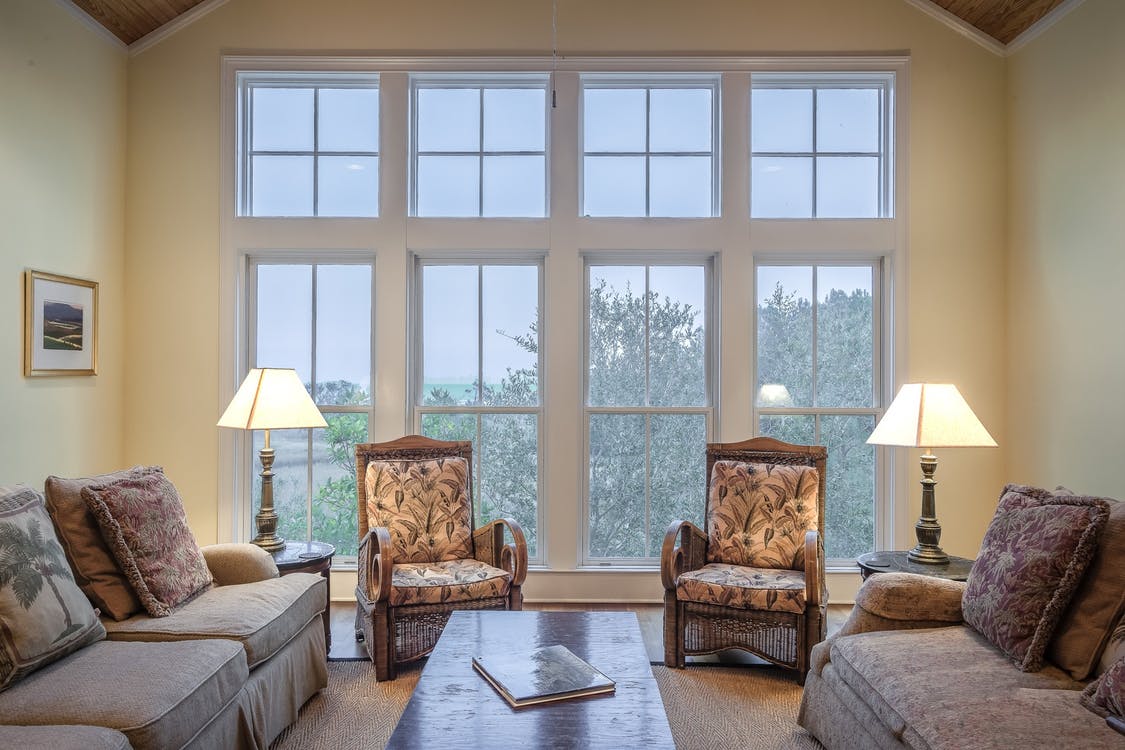
Across the country, inventories of available homes are suppressed and buyers in most price ranges are meeting stiff competition for homes that are in decent condition and priced right.
As we climb the price range, however, the pace slows down and buyers can be more relaxed and pickier. Ah, what life must be like when money is no object.
What do the rich and famous seek in a new home? Read on to find out.
Robert Downey, Jr.
For most of us, buying one home is stressful and financially depleting. According to the experts, we won’t do it again for another eight years. Not Robert Downey, Jr., however. He bought not one, but two homes in a single month. Well, he is Iron Man, after all.
Downey, Jr. is now bicoastal, with a $10.5 home in East Hampton and one in Malibu. The former is a “cottage” while the latter is a $3.8 million mansion.
Considering what California real estate is going for nowadays, $3.8 million actually sounds quite reasonable for the 3,384 square-foot home, especially since it sits on a cliff and offers yummy water views.
The views, of course, most likely caught his eye, but the retractable glass walls, to better take in said view, must’ve cinched the deal.
Natalie Portman
If the outdoor living space at Natalie Portman’s new digs isn’t the reason she bought the home, we can’t figure out what is. The Oscar-winning “Black Swan” actress paid $6.5 million for the home, located in Montecito, California (yup, the same Montecito where Ms. Oprah lives).
She, her husband and two kids will have loads of room to spread out – the home sits on more than 10 acres. The architecture is sleek and modern – almost industrial in design – with lots of steel, concrete and glass.
Like Morton Downey, Jr.’s new digs, Portman’s boasts dramatic glass doors that open to blend the outdoors with the interior.
We’ve watched the marketing video for the home and, if we were touring it, it’s the patios and other outdoor features that would’ve lured us to sign the purchase agreement. But, then again, that library . . .
Angelina Jolie
Angelina Jolie dropped a cool $24.5 million to snatch up prolific filmmaker Cecil B. DeMille’s estate in Los Feliz, California (a Los Angeles hillside neighborhood). She and former hubby Brad Pitt shared a home in the neighborhood, so it won’t be a long-distance move.
The 11,000-square-foot mansion sits on a smidge more than 2 acres and features six bedrooms and 10 bathrooms (imagine having to clean that many toilets every week!).
Built in 1913, it was designed in the Beaux Arts-style, popular at the time. We can’t begin to guess which of the home’s fabulous features cinched the deal for Ms. Jolie. We rather like the grand foyer, but the multiple gardens on the property may have been a draw.
Come to think of it, ditching the $95,000 she spent in rent every month for a Malibu hideaway may have been all the impetus the former Mrs. Pitt needed.
Michael Phelps
What does a former professional swimmer with 23 Olympic gold medals and a net worth of net worth of $55 million do with his money? He buys a pool, of course — with a house wrapped around it. In this case, the buyer is Michael Phelps and the home is in Scottsdale, Arizona.
It’s a no brainer to figure out what Phelps was looking for in a new home. Step outside and check out the almost Grecian-like custom pool, complete with fountains at one end.
Phelps purchased the contemporary home for only $2.5 million last summer. We say “only,” because pick up the 6010 square-foot home and set it down in one of the country’s celeb enclaves and it would bring at least twice that much.
We pegged the pool as the draw for Phelps but he actually loves the view of Camelback Mountain from the backyard and the fruit trees on the property. “You go outside in our backyard and we have orange and tangerine and lemon and lime and peach and apple — all these different fruit trees growing in our backyard.”
David Geffen
Music and the movies – two industries in which many a man and woman have made their fortunes, but not quite as well as David Geffen. With a net worth of $7.5 billion, the college dropout has no shortage of funds to splurge on fabulous homes.
The latest addition to Geffen’s trophy-home collection is a $70-million-dollar East Hampton estate. Sitting on 2.04 acres, it boasts a tennis court, beach-side swimming pool, pond and lots of privacy-inspired landscaping.
Details about the home are sparse but what we do know is that it’s huge and it’s a safe bet it won’t be an Airbnb rental.
What would you want in a home if price didn’t matter?
















